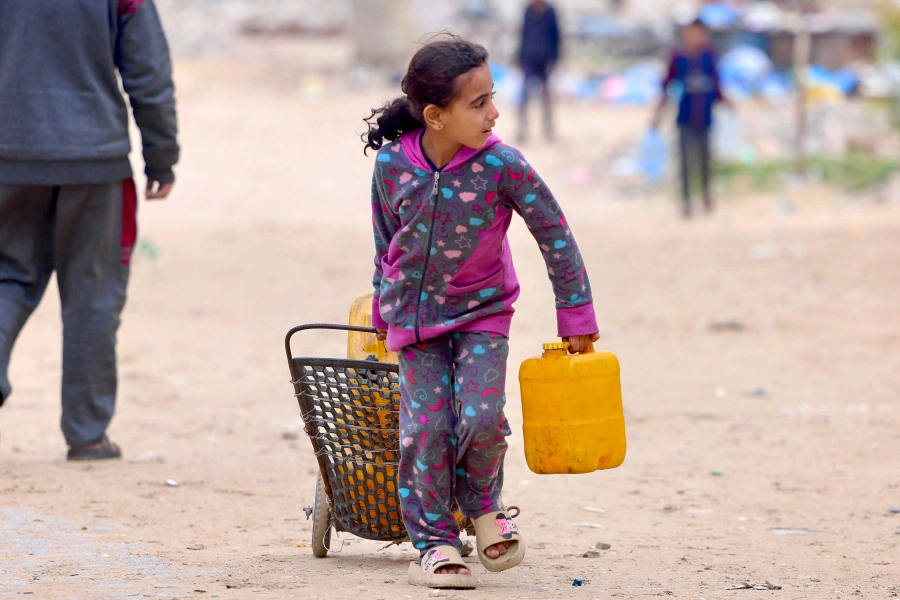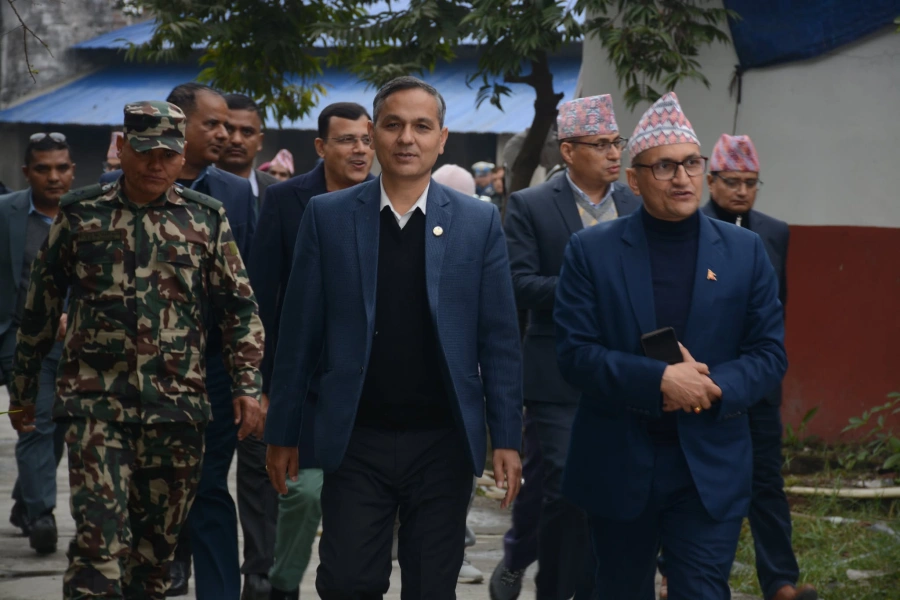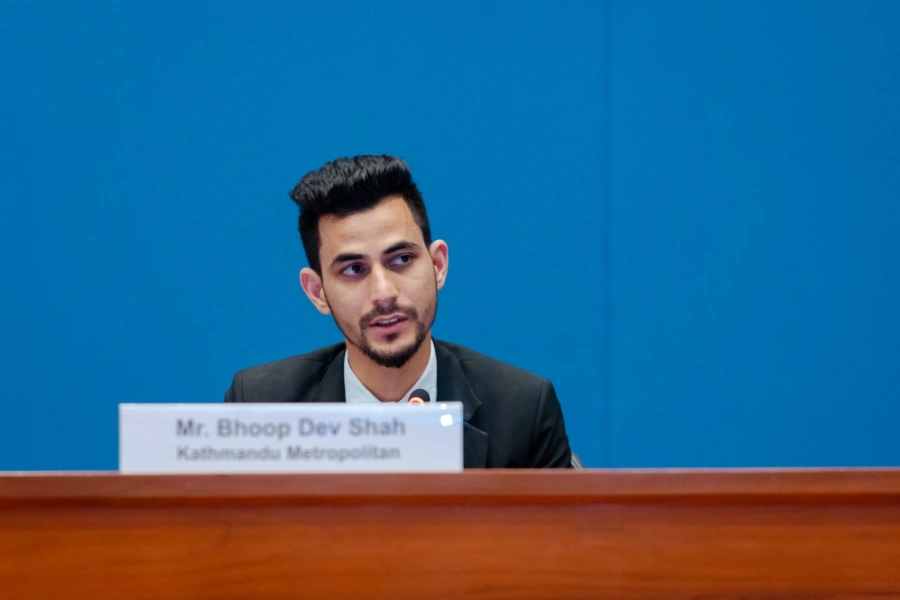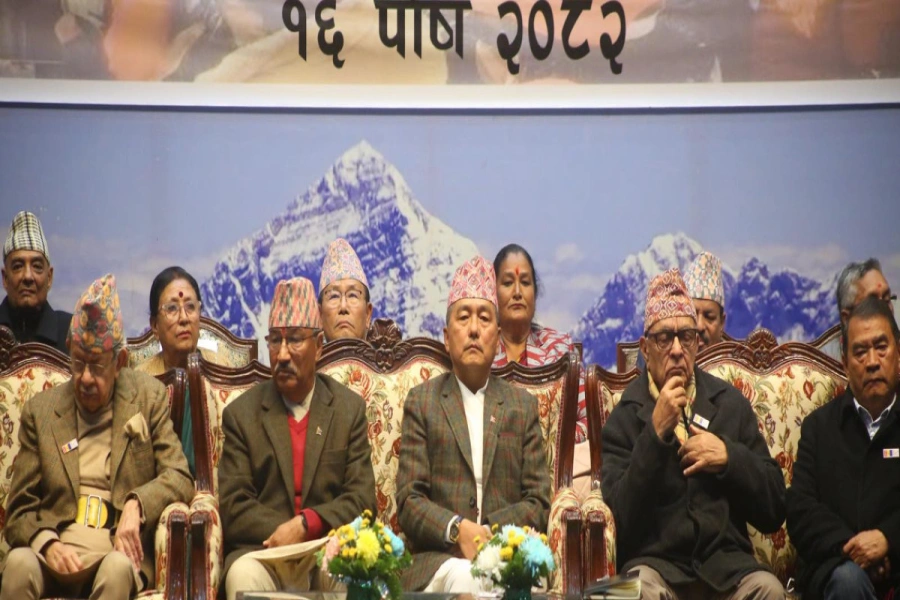Prosperity doesn’t come just from wishing or planning for high growth. But this is precisely what the governments of Nepal have been doing
Government has done it once again. The National Planning Commission— the country’s apex body responsible for charting the long-term path for economy—has prepared and published a synopsis of the country’s economic outlook spanning a generation up to the year 2043. Laxman Aryal, NPC’s Chief Secretary, says that the concept note of the economy’s long-term vision has been approved by Prime Minister Khadga Prasad Oli.
The objective of this long-term vision, according to NPC officials, is to promote the country’s economic status from Least-Developed Country (LDC) to a developing country by 2022, to a middle-income country by 2030 and to a developed country by 2043.
Countries’ per capita income data are supposedly transitioning points from one level of development to the next. To visualize what Nepal would look like through these stages of development, the country’s per capita income—average annual income of the population, currently at $970—would increase to US$ 3,200 by 2022 or equal to Bhutan’s per capita income today (US$ 10,700) by 2030 or equal to Malaysia’s and to US$ 41,600 by 2043—equal to New Zealand’s.
It is not that per capita income is the definitive measure of a country’s economic prosperity. Other factors also matter. They include quality of human assets and ‘the degree of economic vulnerability’—attributes noted by the United Nations. It is then not surprising that while both Bangladesh and India are below US $2,000 per capita income level, Bangladesh is placed in the LDC category while India is one rank higher. Similarly, Bhutan at US $3,200 level per capita income remains a LDC because of deficiency in other development indicators.
Using the per capita income measure in the way laid down above, Nepal would then have to grow at 25 percent annual rate to reach a developing country status by 2022, at 16 percent rate to become a middle-income level country by 2030 and at 11 percent rate to reach a developed country status by 2043.
Evidence-Based Policy Making in Nepal: Challenges and the Way F...

Expressed in real per capita terms, Nepali economy would need to grow by above 20 percent a year to become a developing country by 2022, at 13 percent rate to become a middle-income country by 2030 and at eight percent rate to become a developed country by 2043.
Overall, from 2019 to 2043, the economy needs to grow on average 14 percent rate per year in real terms to graduate from LDC to a developed country status. This would be the highest rate of long-term growth ever recorded for any of the world’s countries.
Unattainable goal
From actual evidence of how Nepali economy has performed, the promise of attaining these fantastic rates of growth and for Nepal to become a developed country over the next 25 years seems ridiculous and purposely misleading.
Historical national accounts data available from International Monetary Fund tells the real story. From 1980 through 2017, per capita income adjusted for price inflation grew, on average, at 2.6 percent annual rate. Looking at the income data series from year to year, it shows no visible trend, which basically means that growth remained flat at about a 2.5 percent rate over this entire period.
A two to three percent growth rate of per capita income in real terms isn’t necessarily a bad performance, since this rate of growth sustained over a long period of time could potentially double the income size of everyone in 25 to 35 years and that would be an indicator of economic prosperity to some extent. However, besides growth, how the accrued income from wages and salaries and self-employment gets distributed across the workforce also matters.
Although income distribution studies are basically unavailable for Nepal, looking at the overall situation, there is abundance of evidence showing that benefits of growth have accrued to only a small segment of the population, exceeding no more than 10 percent of employed work force.
It is because economic expansion, albeit at a low pace, has occurred primarily in some selected sectors of the economy such as banking, finance, tourism and transportation—none of which are large job creators. The benefits of growth in these sectors have accrued to just a few lucky ones getting jobs in these new segments of the economy, while the larger ‘backbone’ of economy—agriculture, manufacturing, and trade services—has shared very little growth. This means that society at large has remained outside of the realm of a growing economy.
This phenomenon of ‘growth exclusion’ is obvious from the persistence of low-level skills and the use of traditional technology in the large sectors of the economy which limits productivity growth just above the subsistence level for most people, keeping living standards unchanged for long periods of time.
The vision of getting to an advanced level country standard requires a four-to-fivefold jump in the growth rate of economy, an average of 15 percent annual rate from below three percent rate currently and historically. And the growth benefits have to be shared equitably across entire economy.
What Nepal needs
This level of growth transition requires rapid transformation in labor skills, upgraded technology, high-level management and entrepreneurial inputs and, most importantly, the building of a world-class infrastructure—roads, bridges, airports, water systems, a national power grid and public sanitation. Successful economies such as Singapore, Korea, Taiwan, and even Chile provide encouraging examples. They have enhanced their economies from low to high income levels over a short period of time, which is what Nepal envisages.
Current as well as future governments will face the challenge of getting the economy to a prosperous stage that is capable of producing goods and services for mass consumption.
However, growth and prosperity doesn’t come just from wishing or planning for high growth, which is what governments of Nepal have been doing for a long period of time without any definitive blueprint or roadmap. As a result they have not met with success.
In the background of low-level development scenario, government leaders would earn credibility if they can have Nepal progress to the more realistic goal of becoming at least a developing country within the next 25 years. With that level of sustained progress, let future generations ‘carry the torch’ and seek to tackle the greater challenges of achieving more robust growth and prosperity and raising country’s status to that of New Zealand or even Singapore.
The author teaches economics at NOVA College, Virginia
sshah@hotmail.com




































